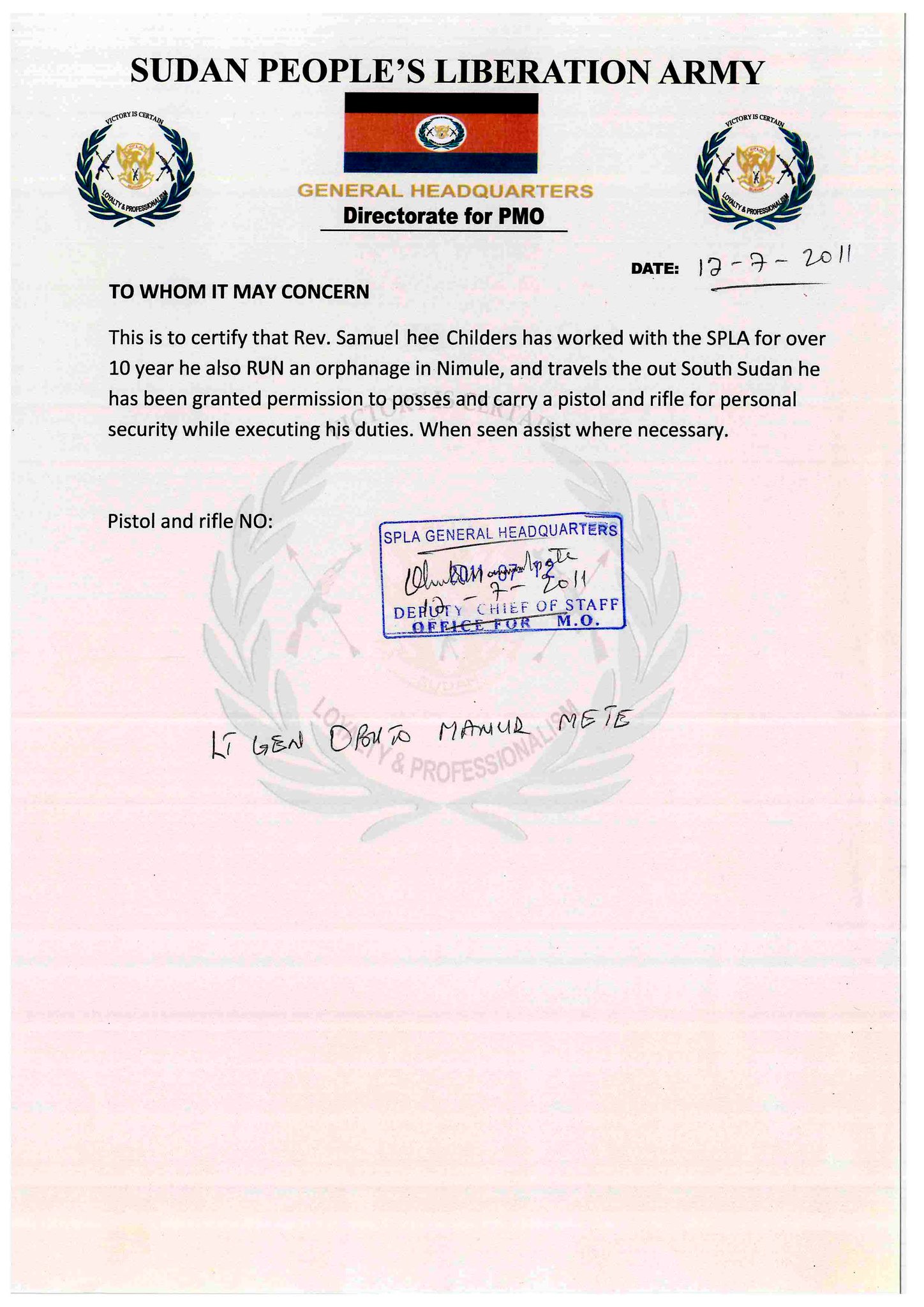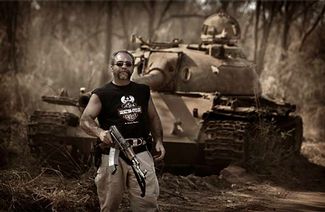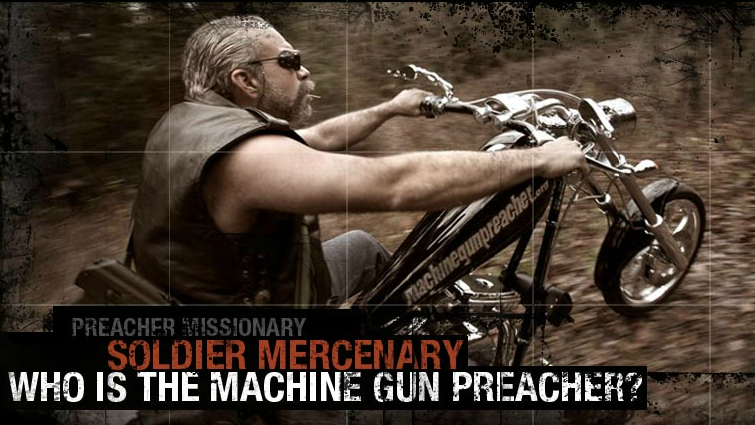Did you know Germany used malaria as a biological weapon during World War II? I'm a bit of a WWII history buff, but wasn't aware of this at all until I dove into Richard Evans' excellent three-part history of Nazi Germany, which concludes with The Third Reich at War. Here's an excerpt, with paragraph breaks and some explanations and emphasis added:
Meanwhile, Allied troops continued to fight their way slowly up the [Italian] peninsula. In their path lay the Pontine marshes, which Mussolini had drained at huge expense during the 1930s, converting them into farmland, settling them with 100,000 First World War veterans and their families, and building five new towns and eighteen villages on the site. The Germans determined to return them to their earlier state, to slow the Allied advance and at the same time wreak further revenge on the treacherous [for turning against Mussolini and surrendering to the Allies] Italians.Not long after the Italian surrender, the area was visited by Erich Martini and Ernst Rodenwaldt, two medical specialists in malaria who worked at the Military Medical Academy in Berlin. Both men were backed by Himmler’s Ancestral Heritage research organization in the SS; Martini was on the advisory board of its research institute at Dachau. The two men directed the German army to turn off the pumps that kept the former marshes dry, so that by the end of the winter they were covered in water to a depth of 30 centimetres once more. Then, ignoring the appeals of Italian medical scientists, they put the pumps into reverse, drawing sea-water into the area, and destroyed the tidal gates keeping the sea out at high tide.
On their orders German troops dynamited many of the pumps and carted off the rest to Germany, wrecked the equipment used to keep the drainage channels free of vegetation and mined the area around them, ensuring that the damage they caused would be long-lasting.
The purpose of these measures was above all to reintroduce malaria into the marshes, for Martini himself had discovered in 1931 that only one kind of mosquito could survive and breed equally well in salt, fresh or brackish water, namely anopheles labranchiae, the vector of malaria. As a result of the flooding, the freshwater species of mosquito in the Pontine marshes were destroyed; virtually all of the mosquitoes now breeding furiously in the 98,000 acres of flooded land were carriers of the disease, in contrast to the situation in 1940, when they were on the way to being eradicated.
Just to make sure the disease took hold, Martini and Rodenwaldt’s team had all the available stocks of quinine, the drug used to combat it, confiscated and taken to a secret location in Tuscany, far away from the marshes. In order to minimize the number of eyewitnesses, the Germans had evacuated the entire population of the marshlands, allowing them back only when their work had been completed. With their homes flooded or destroyed, many had to sleep in the open, where they quickly fell victim to the vast swarms of anopheles mosquitoes now breeding in the clogged drainage canals and bomb-craters of the area.
Officially registered cases of malaria spiralled from just over 1,200 in 1943 to nearly 55,000 the following year, and 43,000 in 1945: the true number in the area in 1944 was later reckoned to be nearly double the officially recorded figure. With no quinine available, and medical services in disarray because of the war and the effective collapse of the Italian state, the impoverished inhabitants of the area, now suffering from malnutrition as well because of the destruction of their farmland and food supplies, fell victim to malaria. It had been deliberately reintroduced as an act of biological warfare, directed not only at Allied troops who might pass through the region, but also against the quarter of a million Italians who lived there, people now treated by the Germans no longer as allies but as racial inferiors whose act of treachery in deserting the Axis cause deserved the severest possible punishment.




